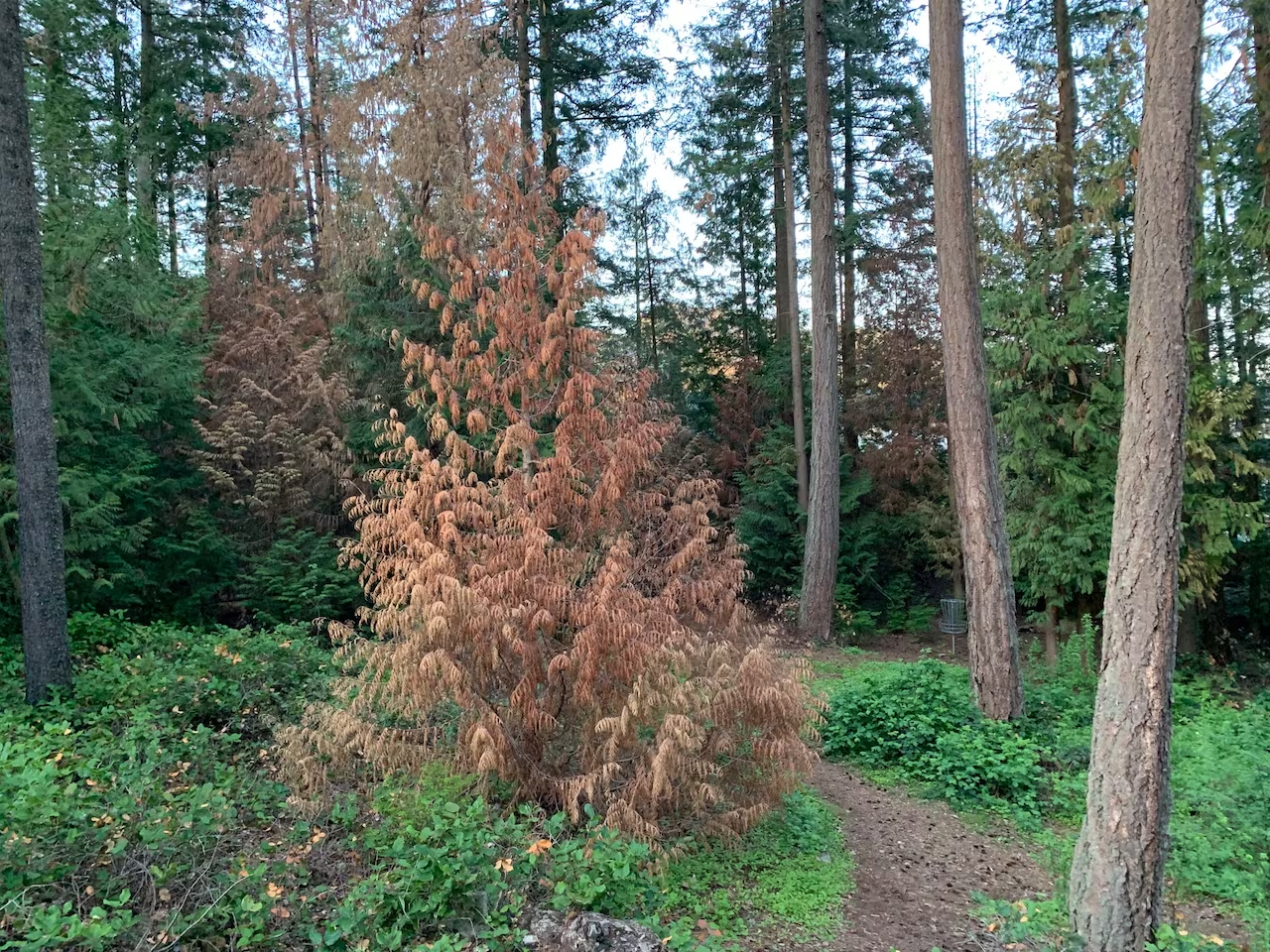7 Reasons Why Your Cedar Tree Is Dying
The Troubling Decline of Cedar Trees
Need help with your yard? Get your free quote today!
Get a Free Quote!
The Troubling Decline of Cedar Trees in Victoria, BC:
The discolouration and subsequent demise of Western red cedars, a tree species indigenous to the Pacific Northwest that is integral to both the local ecosystem and cultural legacy. This is more than just localized observation; it's a phenomenon backed by academic inquiries from bodies like the University of British Columbia and validated by field specialists in both ecology and tree care.
The Impact of Climate Change
The prevailing consensus among scientists and domain-specific studies identifies climate change as the key driver behind the deteriorating condition of Western red cedars in Victoria. The locale is undergoing a shift towards hotter, arid summers and milder, less snow-intensive winters. These climate shifts engender drought-like conditions, which prove particularly detrimental to Western red cedars.
Climate projections suggest that the ideal environmental prerequisites for cedar growth are migrating northward. Consequently, regions once conducive to cedar prosperity are becoming increasingly hostile. Even mature cedars, some nearing the half-century mark, struggle to acclimatize to such swift ecological shifts, often culminating in "top dieback," a syndrome where the upper segments of trees start decaying.
Terrain and Soil-Based Challenges
These trees naturally flourish in damp, well-aerated soils, but changes in climatic patterns are rendering areas with dry, shallow, and rocky soils—already borderline habitats—even less viable for cedar growth. These marginal terrains are usually the first to display early symptoms of cedar stress, including excessive cone production, needle discoloration, and disease susceptibility.
Biological Pressures:
Pests and Diseases Climate change is not an isolated variable; it also catalyzes the spread of specific insect pests and diseases. Trees already weakened by environmental stress become easy targets for infestations. Known threats such as the cedar bark beetle and fungal afflictions like root rot further exacerbate the weakened state of these trees.
Cultural and Environmental Importance
The Western red cedar occupies a significant niche in both the natural habitat and the cultural history of British Columbia. It provides shelter for various animal species and is instrumental in nutrient cycling within forest ecosystems. In the context of First Nations communities, the cedar is indispensable, used in diverse applications from crafting canoes to ceremonial rituals.
The Environmental Harbinger
The plight of the Western red cedar stands as an environmental bellwether, signaling larger issues of ecosystem degradation. Often referred to as the "lungs" of a habitat, their declining health can act as an early sign of overarching environmental strain. The weakening of cedars could catalyze a cascade of instability in local ecosystems, enhancing their vulnerability to additional stressors like wildfires.
Strategies for Containment
Solutions for stemming this downward trend span both immediate and long-term interventions, such as:
Soil and Watering Techniques: Early-stage stress indicators can sometimes be mitigated through appropriate hydration and soil conditioning.
Strategic Cultivation: New tree selections are being made based on resilience to future expected climate variables.
Pest Regulation: A combination of biological countermeasures and judicious pesticide applications aim to regulate pest populations.
Community Engagement: Experts in ecology are collaborating with civic bodies and community groups to increase public awareness about the issue and encourage proactive measures.
The decline of Western red cedars in Victoria and throughout British Columbia represents more than a standalone ecological concern; it serves as an urgent summons to confront the wider crises of climate change and ecological destabilization. The ongoing degradation encapsulates an intricate interplay of atmospheric, terrestrial, and biological components, making it a focal point for cross-disciplinary research and conservation initiatives. Only a synchronized, evidence-based strategy offers a chance at reversing this disturbing trend and preserving this symbol of regional biodiversity.
